The exterior of a building serves as its first impression, defining its character and aesthetic appeal. Cladding tiles play a pivotal role in shaping this façade, not only enhancing the visual appearance but also providing a protective layer against the elements. However, with a myriad of tile options available, selecting the most durable and suitable material can be a daunting task. This comprehensive guide delves into the essential factors to consider when choosing cladding tiles for building exteriors, ensuring you make an informed decision that safeguards the beauty and longevity of your structure.

۱. Weather Resistance: Withstanding the Elements
The harsh realities of the natural world pose significant challenges to building exteriors. Cladding tiles must be able to withstand these elements, including:
-
Extreme Temperatures: Fluctuations in temperature, from scorching heat to freezing cold, can cause cracking, warping, and discoloration of tiles. Choose tiles with low thermal expansion coefficients and high resistance to thermal shock.
-
Moisture and Rainwater: Exposure to moisture and rainwater can lead to water ingress, mildew growth, and structural damage. Opt for tiles with low water absorption rates and a waterproof membrane on the back.
-
Ultraviolet (UV) Rays: Prolonged exposure to UV rays can cause fading, discoloration, and loss of gloss in tiles. Select tiles with high UV resistance and colorfast pigments.
-
Wind and Hail: Strong winds and hailstorms can dislodge tiles, posing safety hazards and compromising the building’s integrity. Choose tiles with adequate wind resistance ratings and secure fixing methods.
۲. Material Composition: Durability and Aesthetics
The material composition of cladding tiles significantly impacts their durability and aesthetic appeal. Common choices include:
-
Ceramic Tiles: Versatile and budget-friendly, ceramic tiles offer a wide range of colors, designs, and finishes. However, they may be less durable against extreme weather conditions compared to other options.
-
Porcelain Tiles: Renowned for their exceptional durability and water resistance, porcelain tiles are a popular choice for high-traffic areas and demanding climates. They come in a variety of styles, mimicking the look of natural materials like stone or wood.
-
Natural Stone Cladding: Granite, sandstone, and limestone provide a timeless and elegant aesthetic, offering superior durability and resistance to harsh weather conditions. However, they can be more expensive and require specialized installation techniques.

۳. Surface Finishing: Enhancing Appearance and Functionality
The surface finish of cladding tiles not only influences their appearance but also plays a role in their functionality:
-
Glazed Finish: A popular choice for its smooth, glossy appearance, a glazed finish offers easy cleaning and resistance to fading. However, it may be more susceptible to cracking or chipping.
-
Unglazed Finish: Unglazed tiles provide a natural, textured look and superior slip resistance, making them suitable for outdoor walkways and patios. However, they may require regular sealing to protect against stains and moisture penetration.
-
Textured Finish: Textured tiles add visual interest and can help conceal minor surface imperfections. However, they may be more difficult to clean and may trap dirt and debris.
۴. Installation Methods: Ensuring a Secure and Lasting Bond
Proper installation is crucial for the longevity and performance of cladding tiles. Common installation methods include:
-
Thin-Set Mortar: This traditional method involves applying a layer of mortar to the back of the tile and adhering it to the wall. It requires precise application and curing time.
-
Mechanical Adhesion: Mechanical fasteners, such as screws or anchors, are used to secure the tiles directly to the substrate. This method is suitable for uneven surfaces or heavy tiles.
-
Adhesive Systems: Advanced adhesive systems, such as liquid nails or epoxy resins, provide a strong bond for various tile types and substrates.

۵. Professional Consultation: Seeking Expert Guidance
Navigating the complexities of tile selection and installation can be challenging. Consulting with experienced architects, interior designers, or tile specialists can provide invaluable guidance:
-
Assessing Site Conditions: They can evaluate the specific conditions of the building exterior, including climate, exposure, and substrate type.
-
Recommending Suitable Materials: Based on the site assessment, they can recommend the most appropriate tile material, surface finish, and installation method.
-
Ensuring Proper Installation: They can oversee the installation process to ensure adherence to industry standards and optimal performance of the cladding system.
By carefully considering these factors and seeking professional guidance, you can make an informed decision when selecting cladding tiles for your building exterior. Durable and aesthetically pleasing tiles not only enhance the curb appeal of your structure but also provide a protective barrier against the elements, ensuring the long-lasting beauty and integrity of your investment.
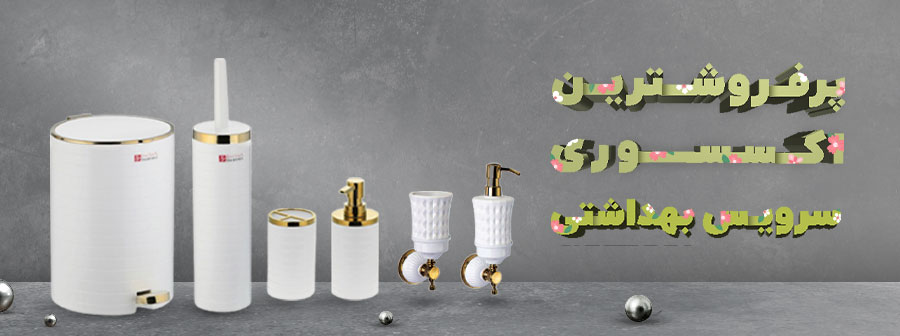
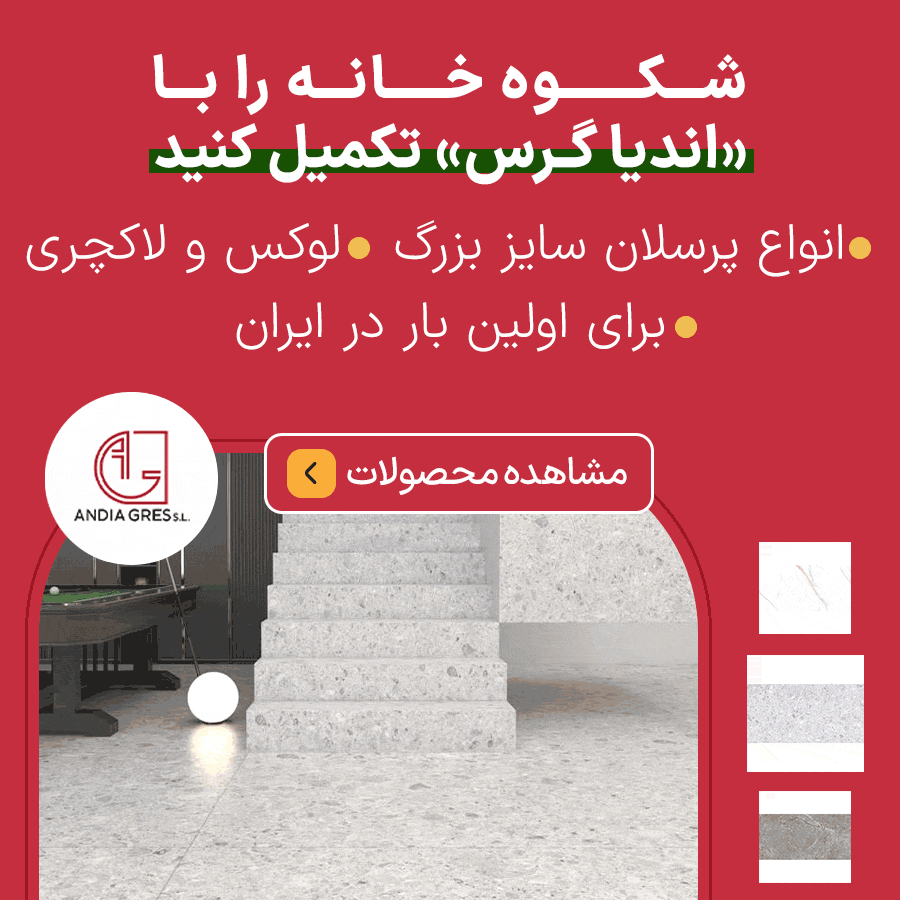

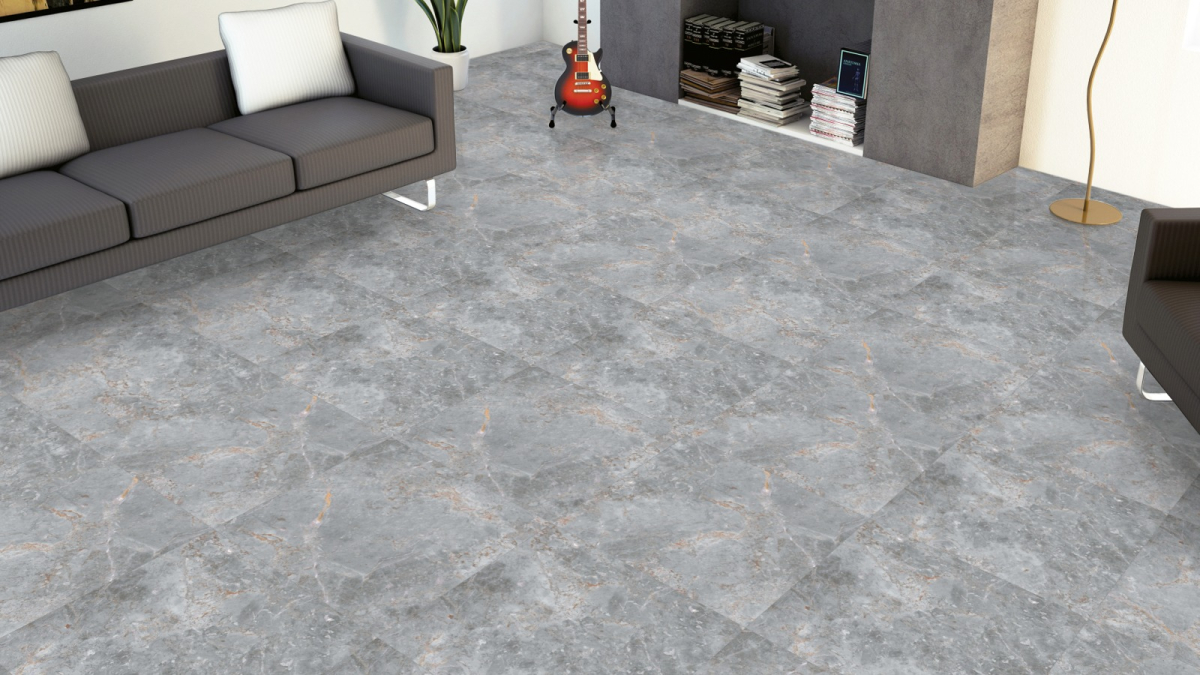
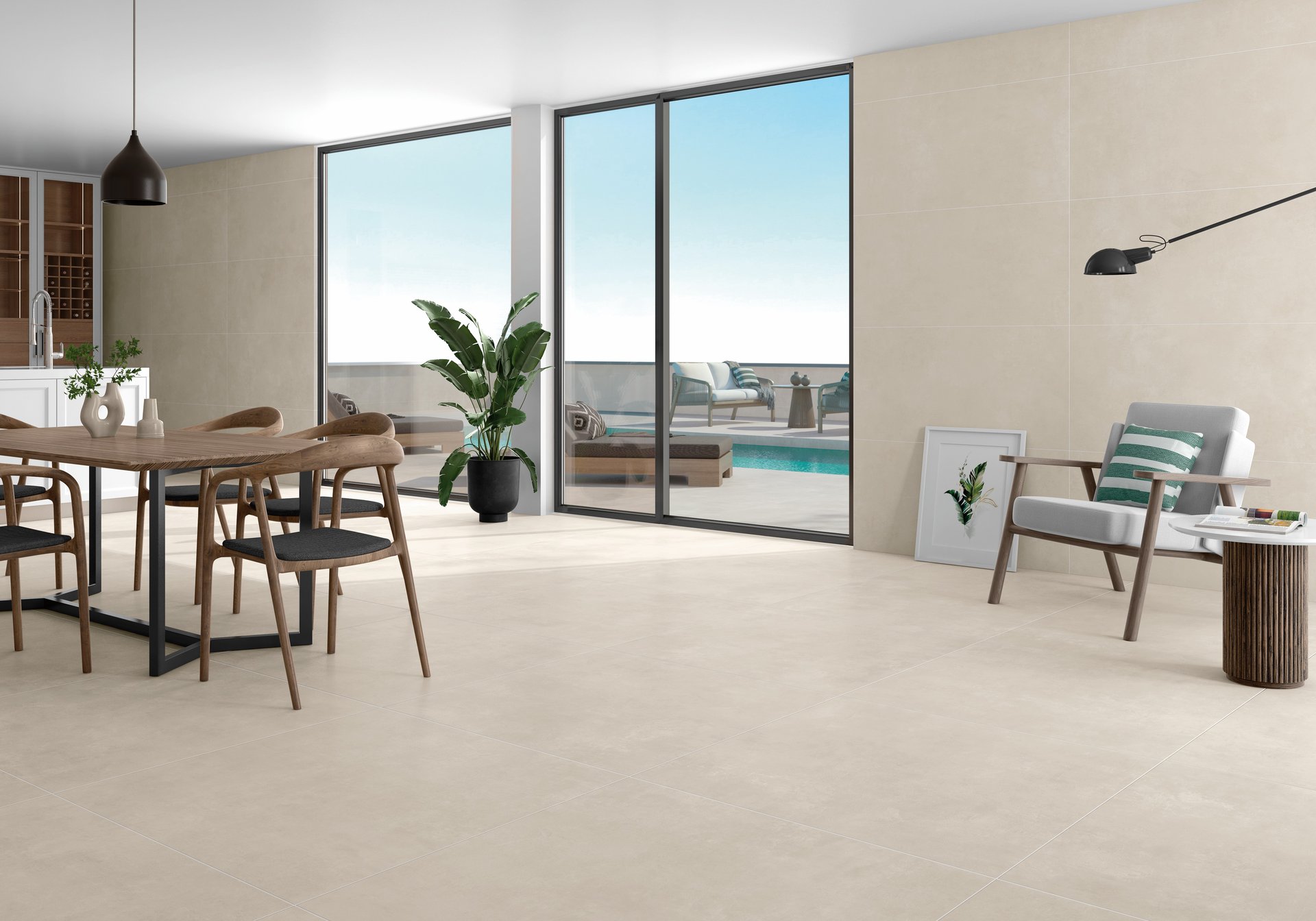


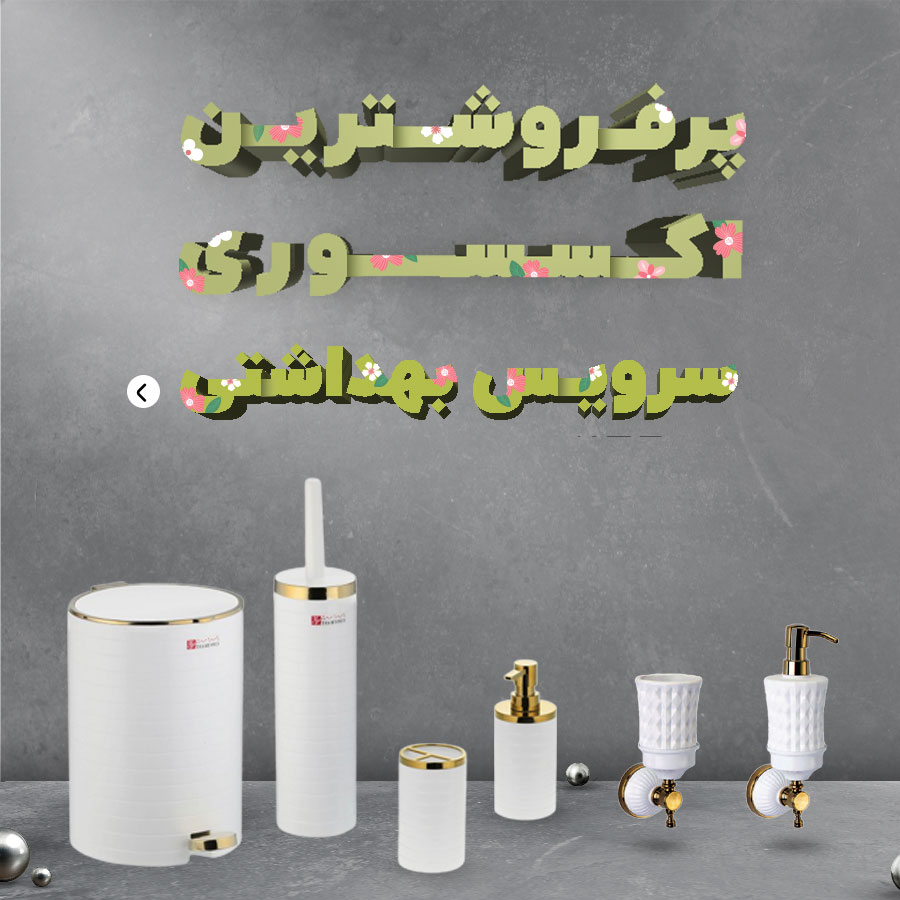

نظرات ۰